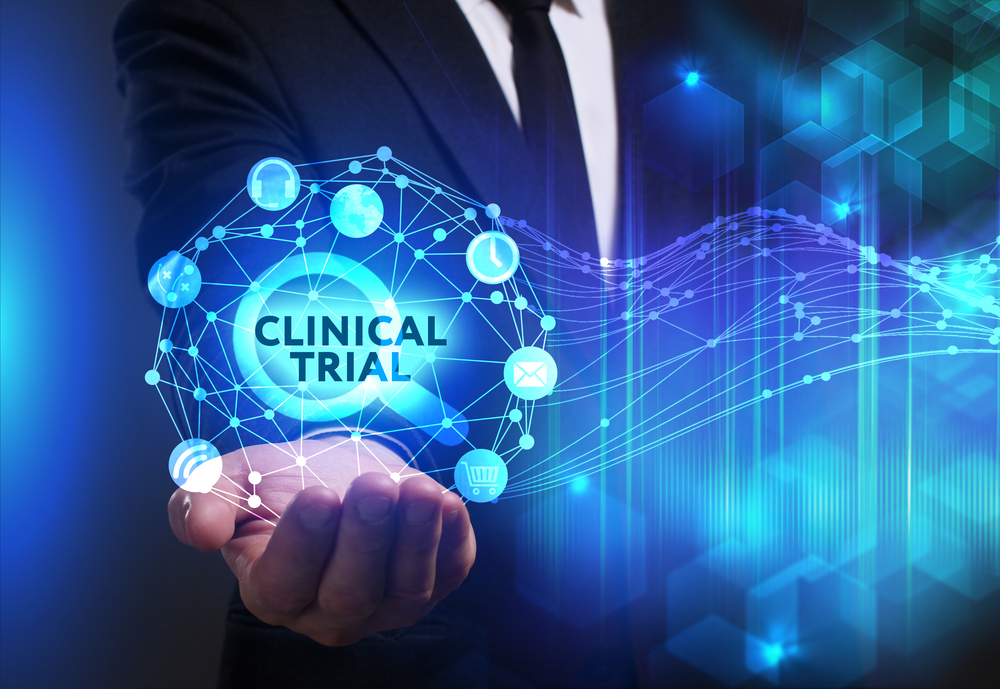Phase 2 Trial Data on NurOwn Therapy, Supporting Safety And Early Efficacy, Published

NurOwn showed a good safety profile, as well as potential efficacy in a Phase 2 clinical trial that included people with rapidly progressing amyotrophic lateral sclerosis (ALS).
Trial results, which have been previously reported, have now been published in the journal Neurology in a paper titled, “NurOwn, phase 2, randomized, clinical trial in patients with ALS.”
NurOwn, which is being developed by BrainStorm Cell Therapeutics, is a stem cell-based therapy. It involves taking mesenchymal stem cells (MSCs), a type of cell capable of differentiating into other cell types, from a person.
These MSCs are modified so they produce more neurotrophic factors (NTFs) — compounds that help drive the growth and survival of nervous tissue. The cells are then re-introduced to the body by injection into muscles and/or the spinal canal (termed intramuscular and intrathecal injection, respectively).
In the Phase 2 trial (NCT02017912), which was funded by BrainStorm, 48 people with ALS were enrolled; 36 were treated with NurOwn, and 12 were given a placebo. Participants received the treatment after a three-month pretransplant period, and were followed for six months after treatment.
The participants were predominantly (72.9%) male, and their average age was 51.1 years.
The study’s primary goal of the study was to evaluate safety, measured by number of patients with adverse events to treatment, and this goal was met. The use of NurOwn was found to be safe and well-tolerated.
Eleven participants — nine in the treatment group and two in the placebo group — developed 16 serious adverse events (SAEs).
“All treatment-emergent SAEs [those that occurred after start of treatment] were deemed to be related to ALS disease progression, and none was considered possibly, probably, or definitely related to study treatment,” the researchers noted.
Data were also analyzed for early indications of treatment efficacy. Researchers specifically looked at rate of disease progression, as measured by the slope (that is, the change over time) in scores on the Revised ALS Functional Rating Scale (ALSFRS-R).
Overall, these rates were not significantly different between the NurOwn-treated and placebo groups.
However, in a subset of 21 patients with particularly rapid disease progression (15 given NurOwn and six a placebo), the average rate of disease progression showed a significantly improvement at two weeks (+3.3 vs. −1.3) and four weeks (+2.0 vs. −0.1) following treatment for those that got NurOwn.
Rapid progressors were defined in this study, at enrollment, as those with a decline of more than 2 points in ALSFRS-R scores during the pretreatment period.
This positive trend continued for all study time points, but it was not statistically significant after four weeks.
The researchers also looked at the proportion of patients with an improvement of at least 1.5 points each month, based on the reasoning that, “responder analyses may more accurately capture individual treatment responses … than changes in mean slope alone.” That is, because each individual with ALS is different, some might be more likely to respond to treatment than others.
At four weeks post-treatment, a significantly greater proportion of those given NurOwn compared to placebo met this responder threshold (47% vs. 9%). In the rapid progression group, there were significant differences at both week four and week twelve (80% vs. 0%, and 53% vs. 0%, respectively).
For all of the above efficacy measurements, the greatest response was seen shortly following the injection, with decreasing response over time. This may suggest “the need for repeated treatments to maintain a sustained therapeutic effect,” the researchers wrote.
Cerebrospinal fluid (CSF) was collected just before and two weeks after the injection. Analysis of this fluid, broadly, showed an increase in levels of NTFs and a decrease in inflammatory markers, which suggests that NurOwn works as intended. (CSF fluid surrounds the brain and spinal cord.)
Specifically, the levels of monocyte chemoattractant protein-1 (MCP-1), a marker of immune cell infiltration and neuroinflammation, were significantly lower post-treatment in patients given NurOwn, while no significant change was observed in the placebo group. This correlated with ALSFRS-R slope improvement at all time points.
“[W]e observed a clear biological effect of the treatment on CSF biomarkers to support its proposed mechanism of action in ALS,” Robert H. Brown Jr., PhD, MD, of the University of Massachusetts Medical School and a study co-author, said in a BrainStorm press release.
“We met our primary endpoint and demonstrated that a single dose of NurOwn was safe and well-tolerated while supporting NurOwn’s mechanism of action on neuroprotection and neuroinflammation pathways in ALS,” added Ralph Kern, MD, MHSc, chief operating officer and chief medical officer of BrainStorm.
“We look forward to completing the current Phase 3 study to confirm the promising Phase 2 findings and expand our understanding of the potential of MSC-NTF cell therapy in ALS,” Kern added.
A fully enrolled, placebo-controlled Phase 3 study (NCT03280056) is underway in the U.S. in 200 ALS patients, and a secondary safety analysis found no new concerns. The trial is expected to conclude in late 2020, with results announced shortly thereafter.
“Results from the [Phase 2] study underscore the importance of conducting a larger Phase 3 clinical trial that will build upon the data collected in our Phase 2 study,” said Chaim Lebovits, Brainstorm’s president and chief executive officer. “We look forward to reporting our clinical results in the scientific literature and through corporate announcements.”






